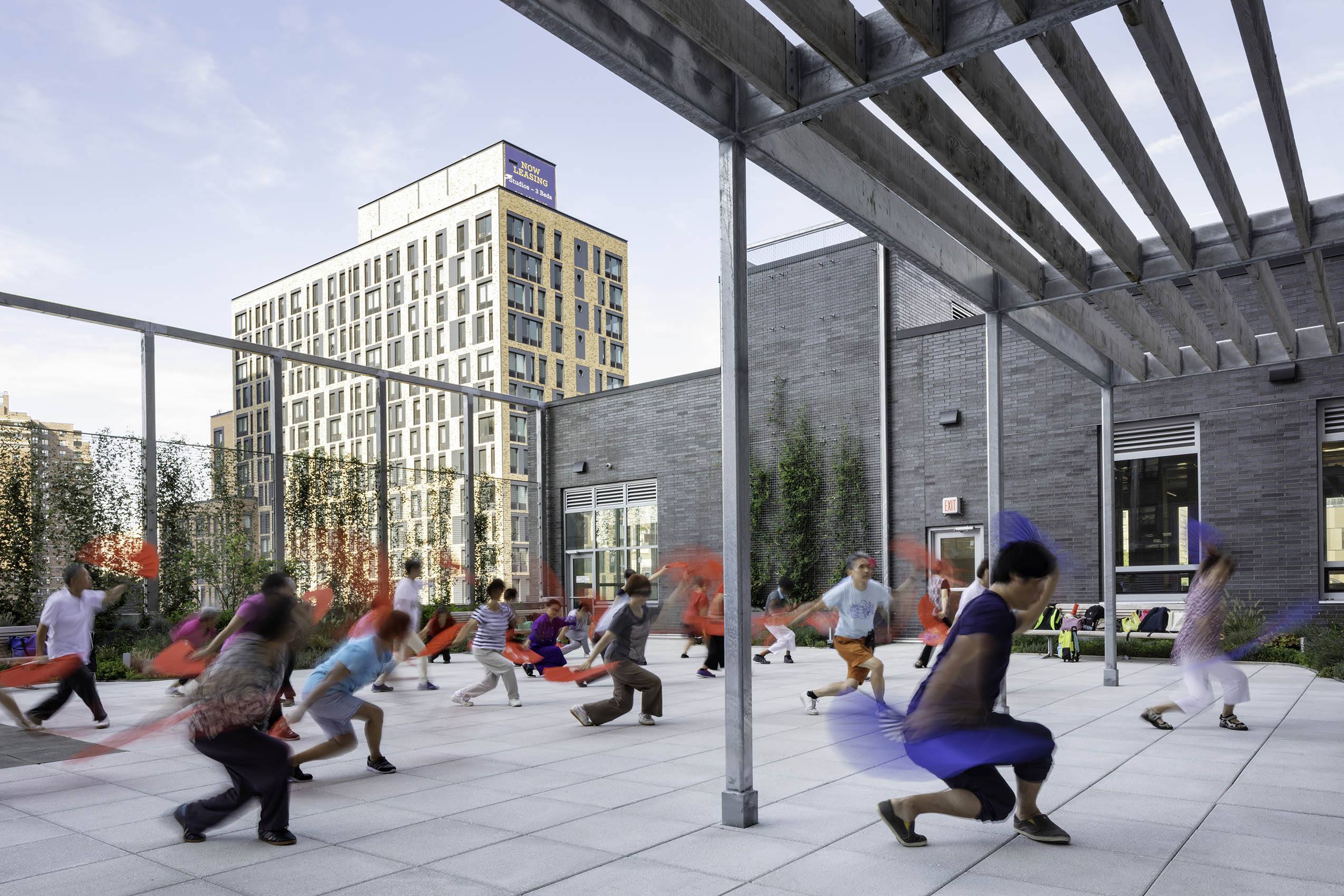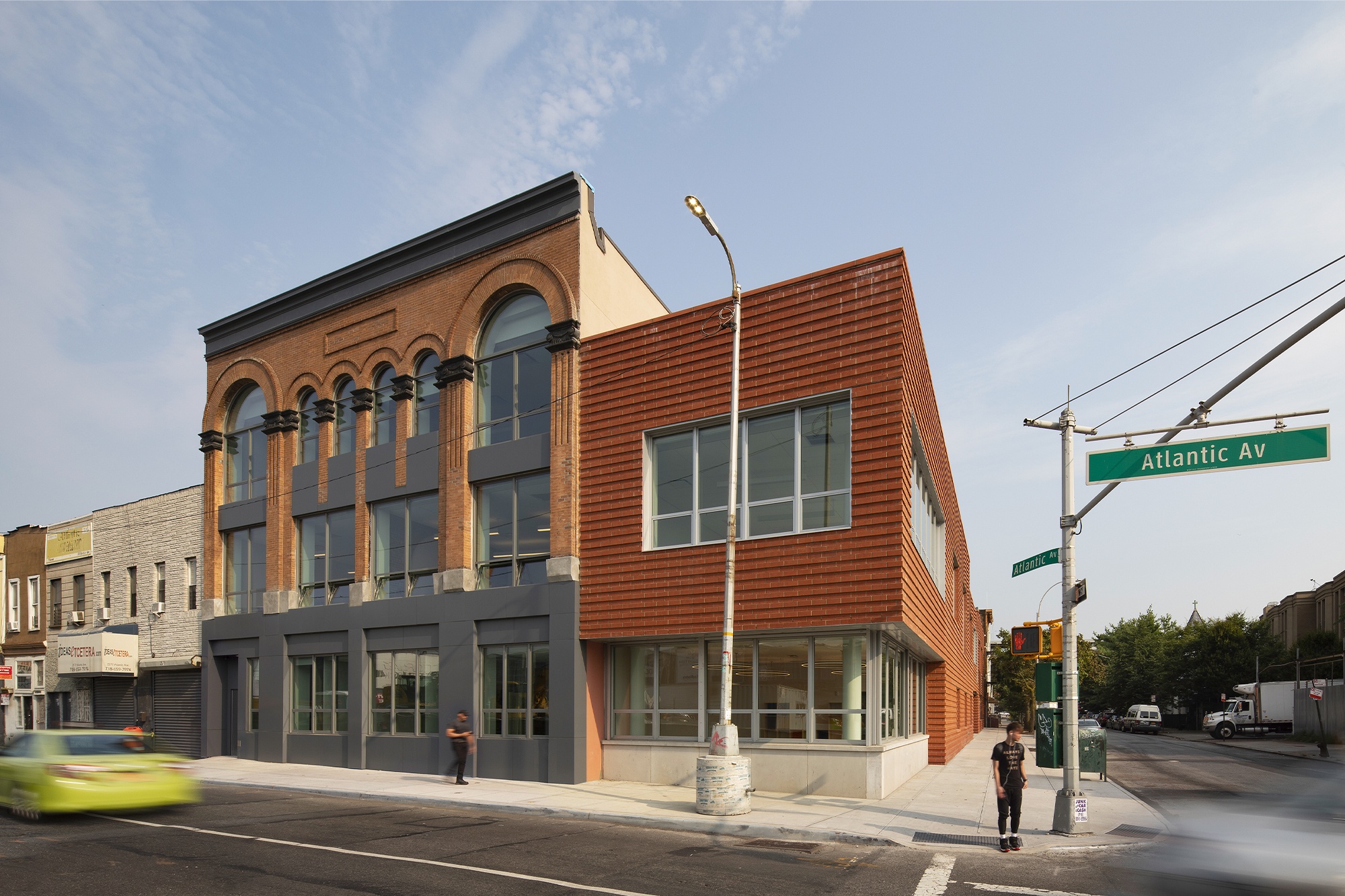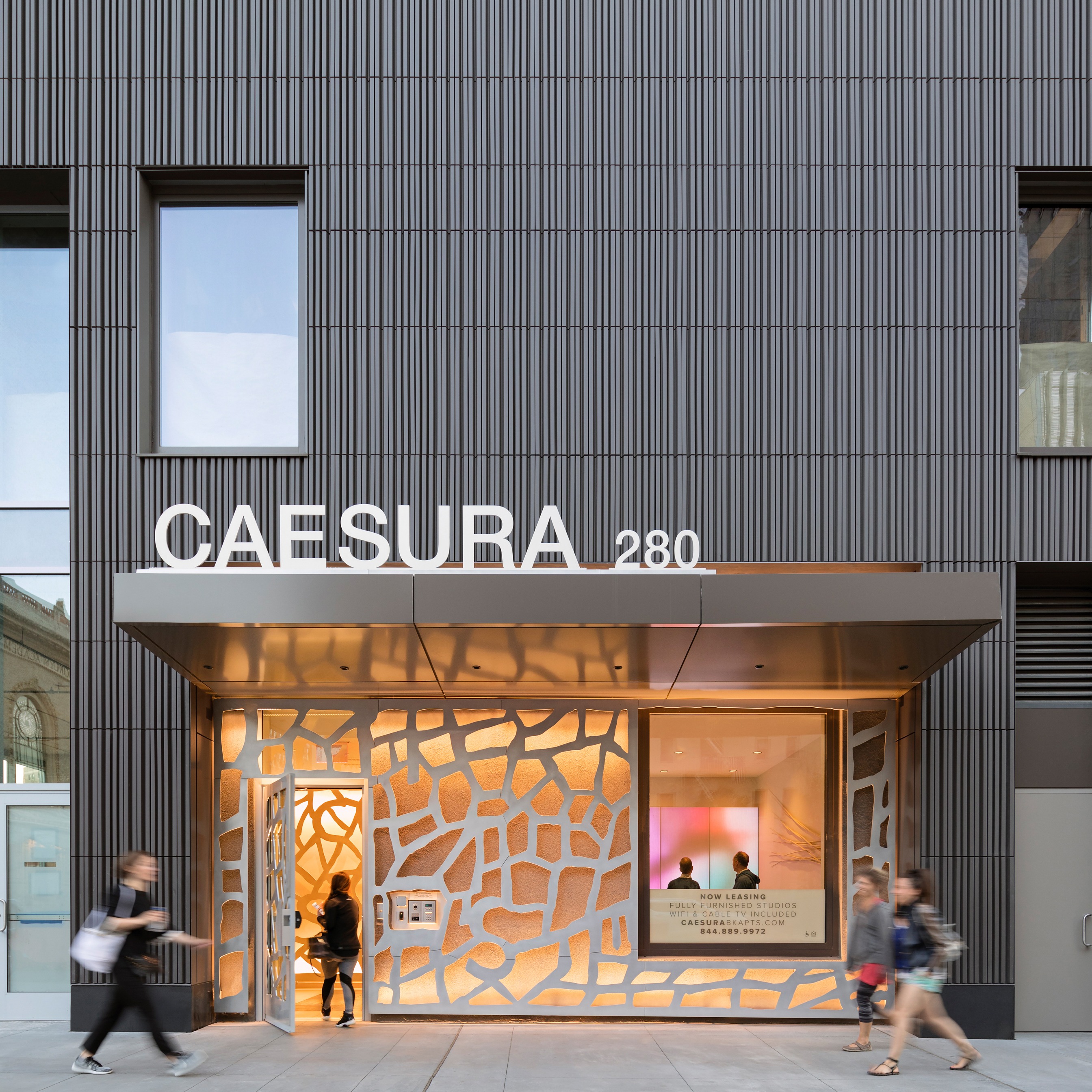With our aging population expected to double in the next few decades, a new issue has been identified in that we are also aging for longer. As life expectancy changes so does our view of getting older. Understanding the evolution of the aging population and its effect on the built environment, the design industry recognizes the need to plan and build for this need. Metropolis Magazine’s October Edition, themed Ecologies of Wellness – Design with Nature, weaves in the important subject of Design for Aging – featuring ground-breaking initiatives and noteworthy projects that are significantly impacting both our industry and our communities.
Bringing attention to the evolution of the aging population, how the design community is intrinsically involved, and identifying opportunities and challenges within our built environment, Dattner Architects is proud Metropolis selected our recently completed project, The Goldin at Essex Crossing, to represent how design can strengthen and enrich a community and how this “New Development Is Rebuilding a Community Lost 50 Years Ago.”
Opened to residents over age 55, The Goldin, is one of the first buildings to be completed as part of Essex Crossing, a major 1.65 million square foot development in Manhattan’s Lower East Side. This new 15-story building provides much-needed affordable senior housing and community service space to the neighborhood. Named after a longtime LES housing activist, the 100 one-bedroom units are compact but bright with modern and elegant finishes. The residential tower is located on top of a five-story commercial base with rooftop gardens, one of which is reserved for the residents, the other shared with the senior center.
The design and planning of 175 Delancey is intended to change the perception of affordable senior housing. A variety of senior-oriented support programs, including cultural, social, and medical, are present in the building – allowing residents to live independently, even if their mobility diminishes.


